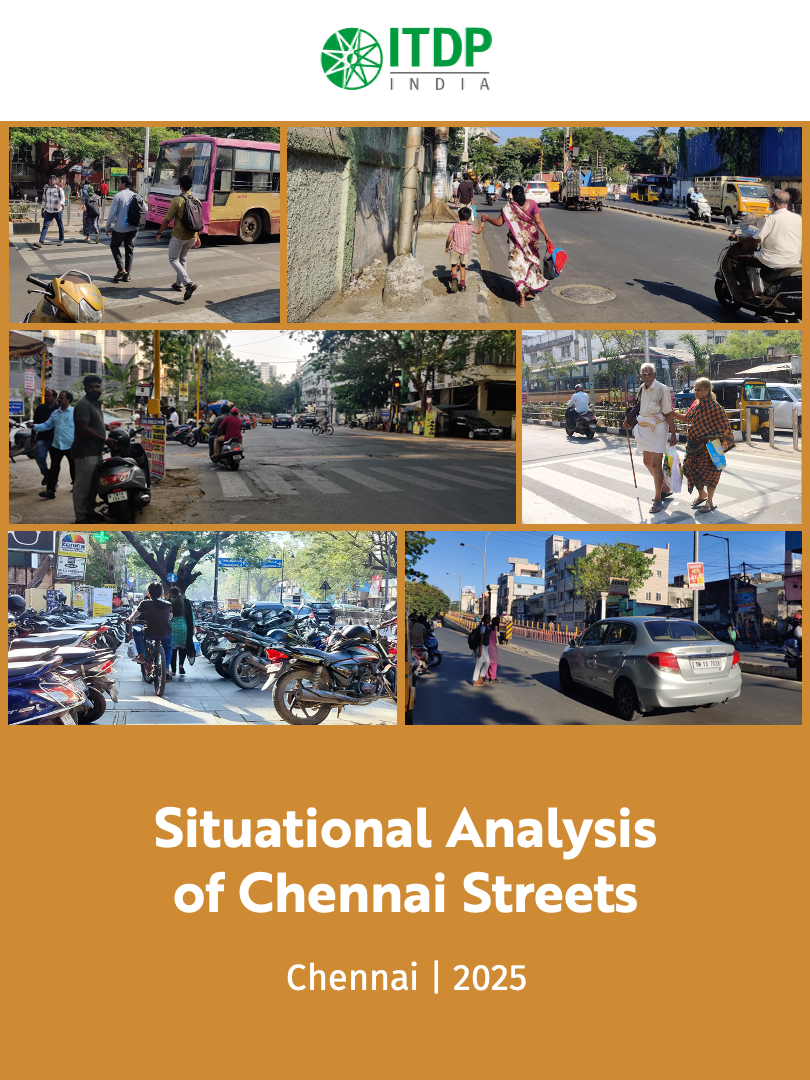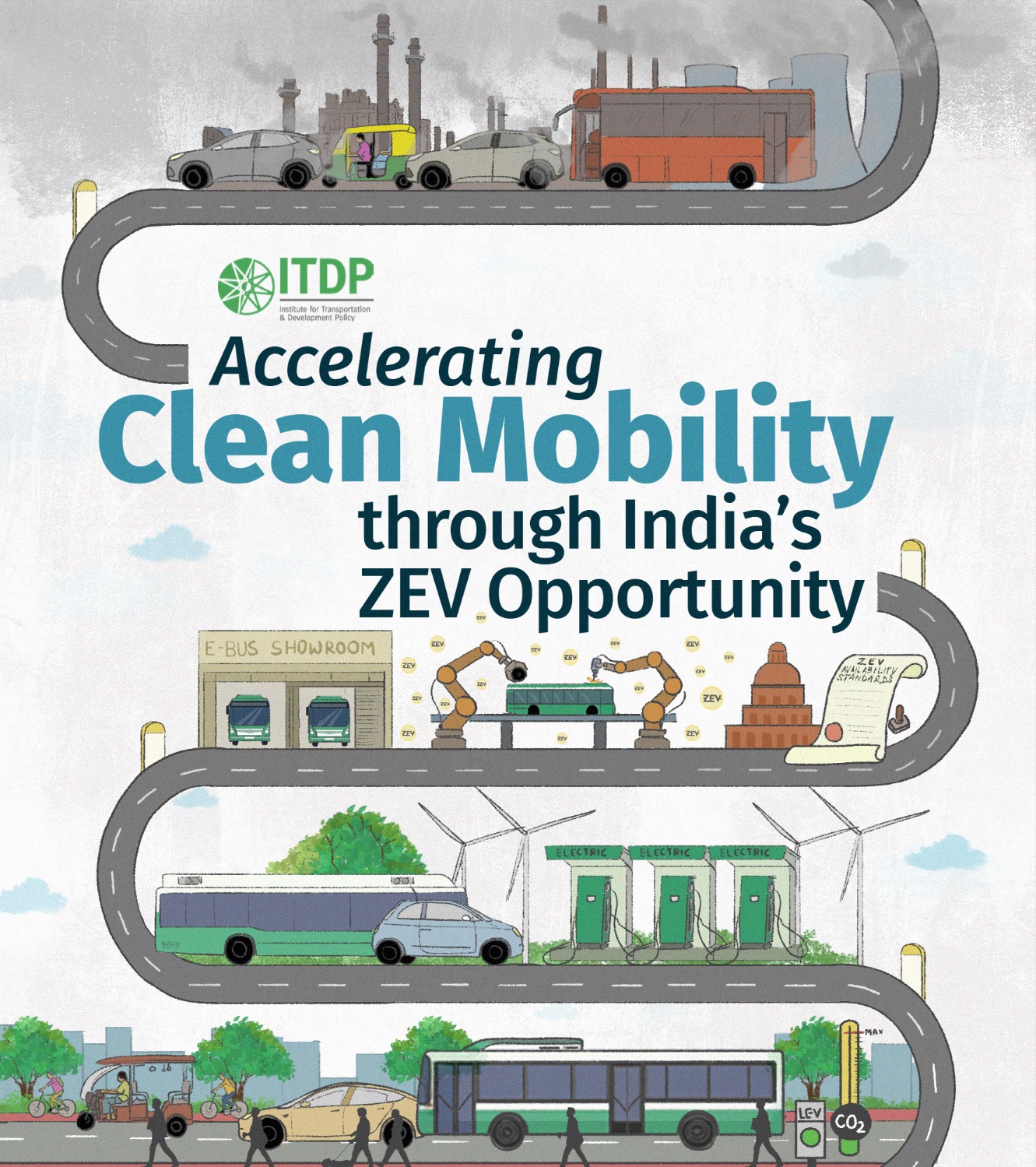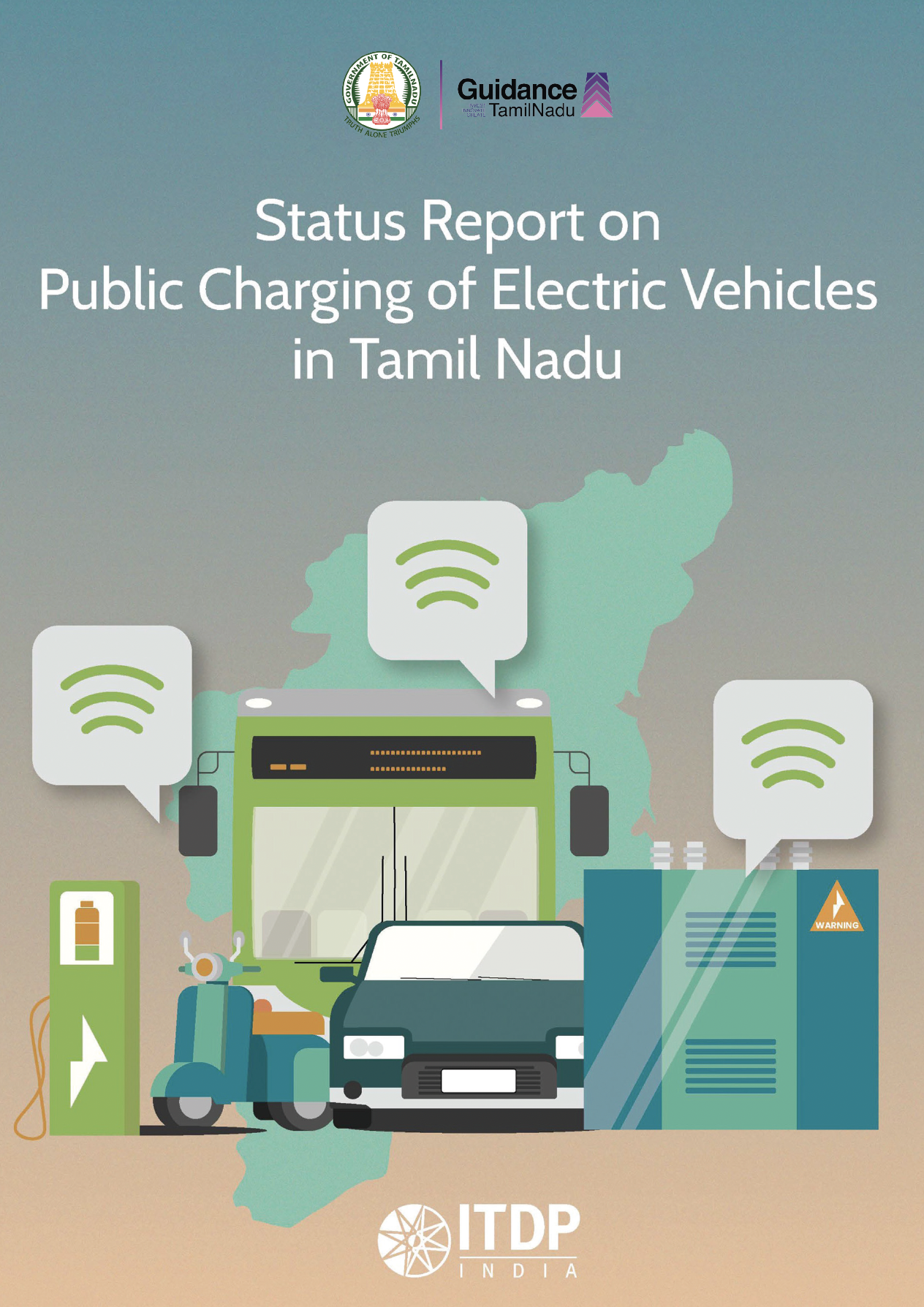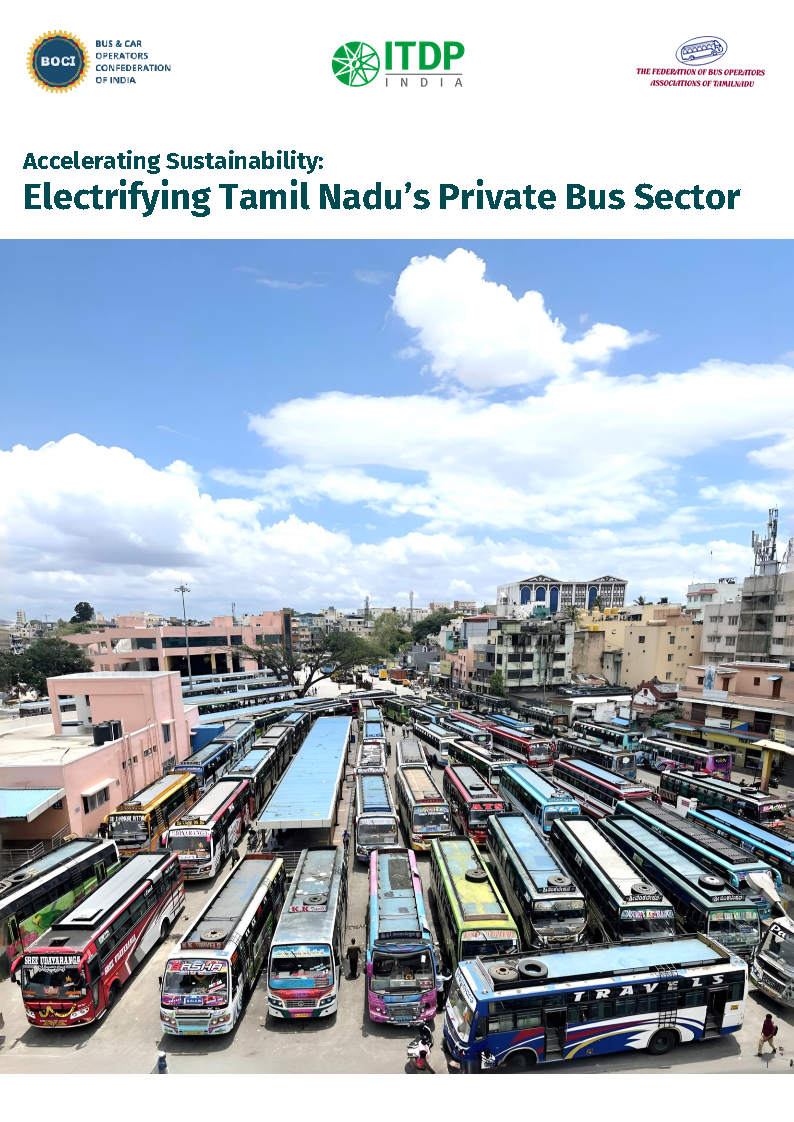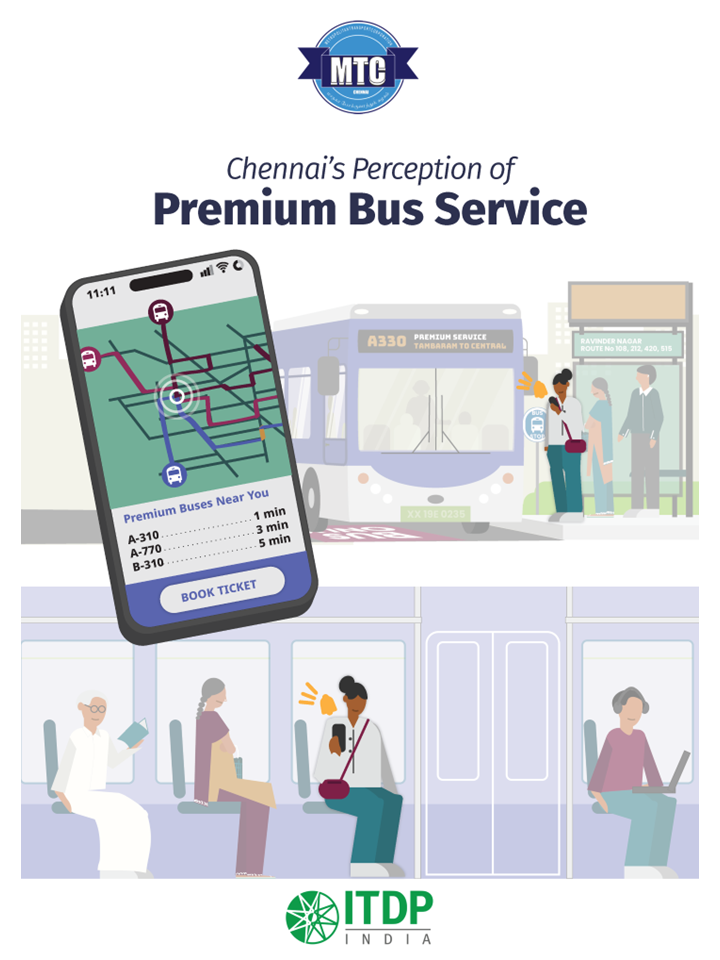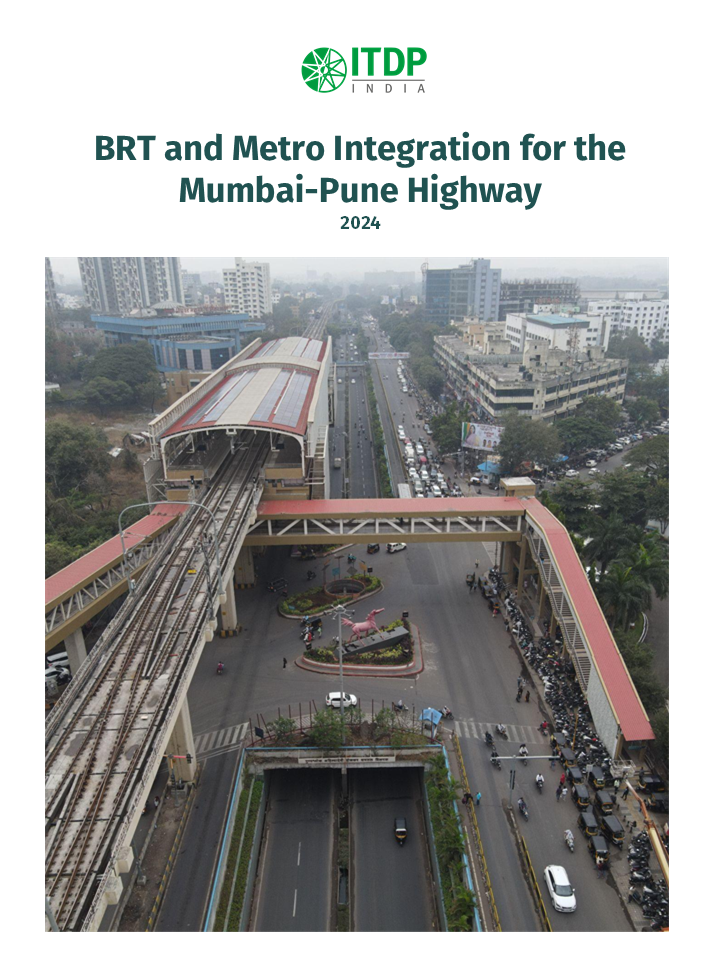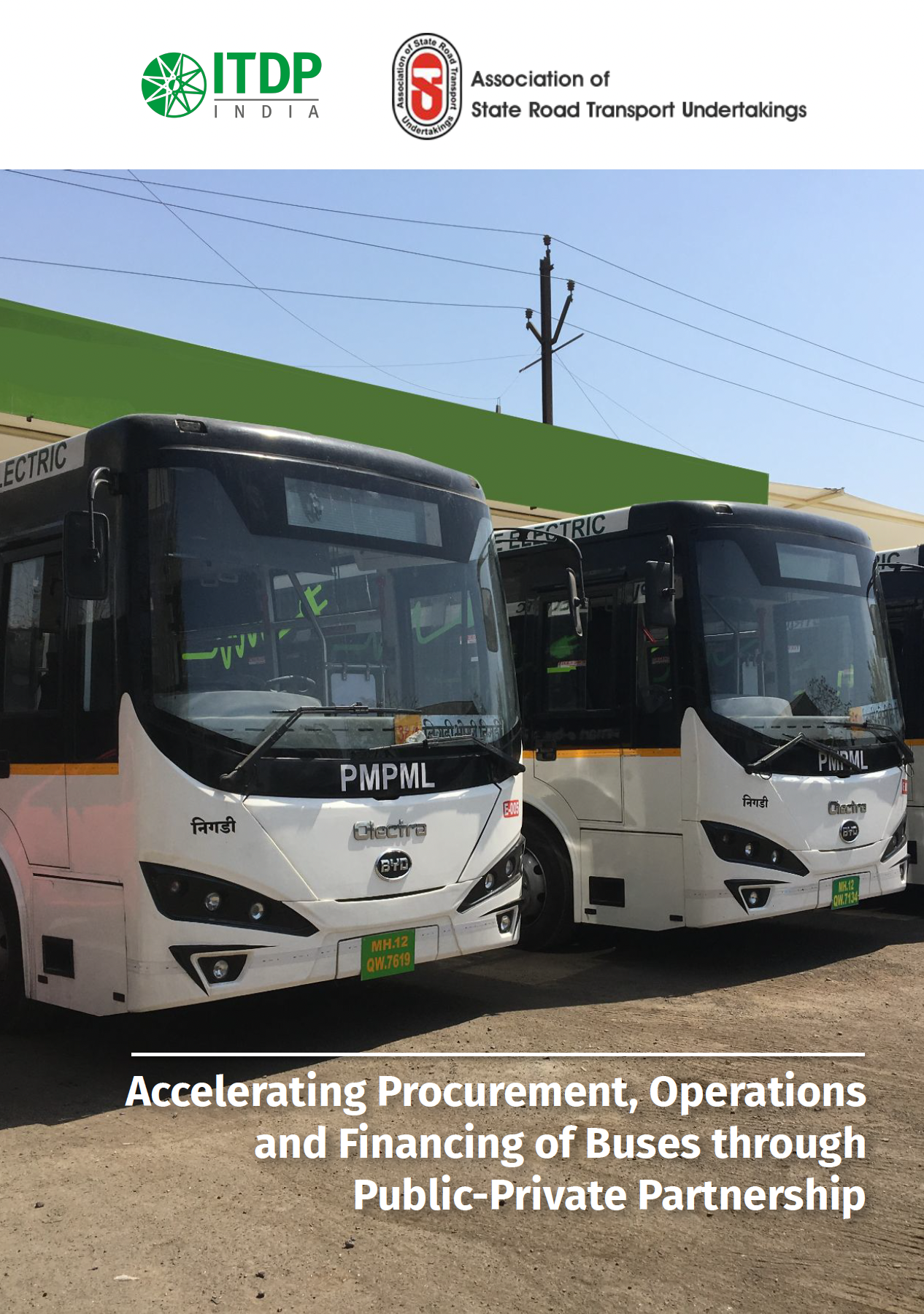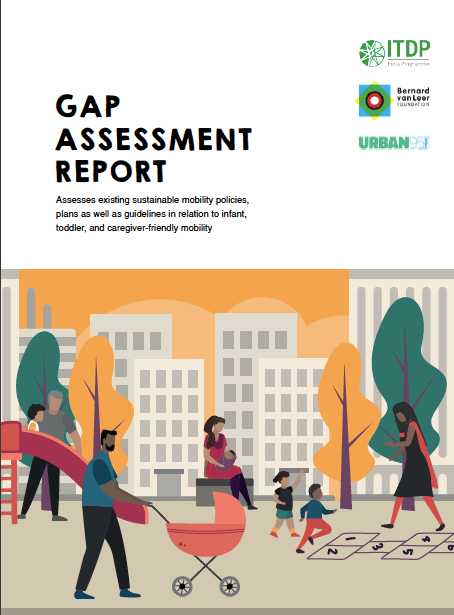This study report assesses the current situation of pedestrian infrastructure in Chennai. Taking the case of 14 streets in different parts of the city, the report seeks to create awareness and a dialogue surrounding successes and gaps in the infrastructure, prompting the identification of future areas of intervention.
Read the full publication here.





